Combating Racism Through the Power of Discussion
Lola Gomez | American-Statesman
Black Lives Matter protesters are shown in June marching toward the state Capitol.
August 24, 2020
While summer 2020 will be remembered as the summer of COVID-19, it will also be remembered as the summer that reignited the Black Lives Matter movement. For many, it brought the opportunity to learn more about racial inequality and make their voices heard.
Senior Isabel Cuellar was motivated by the passionate public response to the recent deaths of George Floyd, Breonna Taylor, and other victims of police brutality and felt inspired to join the movement. Together with Dean Tyrone Sandaal and English teacher Adam Schachner, she organized a summer discussion group designed to give members the knowledge and understanding necessary to become “antiracist” — a formerly unfamiliar term that has become a part of everyday vocabulary for those who participated. Antiracism is more than avoidance of discrimination; it means actively fighting against racism and promoting racial tolerance.
“I felt that since we are an educational institution, a really big part of this is learning the importance of bringing in different perspectives,” said Cuellar. “I wanted to engage in trying to become antiracist and using my knowledge, my privilege, and my community to create change.”
Over the course of three weeks, Cuellar, Sandaal, and Schachner led a group of more than fifty students and faculty members through a variety of thought-provoking and educational online resources, such as articles, documentaries, podcasts, maps, and surveys. Some of these included The New York Times’s “The 1619 Project,” a Pew Research survey comparing opinions on race and identity, and a podcast from “This American Life” contrasting the adult lives of children who attended schools on different sides of the economic spectrum. Throughout each week, participants answered discussion questions on Google Classroom, and on Fridays, the group held virtual meetings to discuss what they had learned and how to further enhance their understanding of antiracism.
After spending weeks analyzing materials and preparing an array of open-ended discussion questions, the three founders were pleasantly surprised by how many members of the community joined the group out of personal interest. “We had no idea if anybody was going to show up the first Friday,” Sandaal recalled.
Junior Elizabeth Rivabem joined the discussion group as a way to become more open-minded and her expectations were exceeded. “I was surprised by how genuine people were,” she said. “No one attacked each other, and even though we had different opinions, it was all dealt with in a very rational and respectful manner.”
While participants completed assignments and answered questions similar to classwork, the organizers were careful to make the discussion group as organic as possible. Participants joined purely on a volunteer basis, and assignments and attendance were optional, rather than mandatory.
“A conversation about bias is humbling, informative, and eye-opening, so it’s important to treat this as a discussion, more so than a lecture or a presentation,” said Schachner. “I know that the minute anything is mandated as work, it loses some of its natural passion. We were very specific about trying to avoid language that made it sound like this was a class.”
Although a high school discussion group may seem insignificant in the daunting face of America’s struggles with systemic racism and police brutality, it was a step on the path to change. According to the founders, it was never meant to be an end result, but a launching point for the community to become more comfortable discussing issues like racism and to actively address them. Additionally, it was an opportunity for all members to learn more about antiracism and about themselves.
“The whole concept of antiracism was not something that was part of my vocabulary and my worldview in the beginning of the summer,” said Sandaal. “But now I think it’s really important to make sure that we shift to cultivate anti-bias culture at our school. For me, this group was very instrumental in honing that shift in perspective.”
There is no decision yet as to exactly how antiracism will continue to be encouraged at school, but the group is determined not to lose the progress and commitment that they made throughout the summer. Ideas are circulating about integrating discussion into advisory groups and into World Diversity Week and Black History Month celebrations throughout the year.
A direct result of the efforts and enthusiasm spurred by the school community was the creation of the Diversity Steering Committee, which President Cliff Kling and Assistant Principal Donna Lee announced through an email on Aug. 17. “This committee will help guide, connect, and drive our work toward becoming a more diverse, equitable, and inclusive school,” they said in the email.
At its heart, the summer discussion group initiated a movement between students and faculty aimed towards building a school community where prejudice is unacceptable, and where tolerance and equality are demanded.
“Racism is so ingrained in everything we do that there is no right way to combat it,” said Cuellar. “We might not change any laws today or tomorrow. But we’re showing students that are okay with racism that their school is not okay with it. We’re educating students that someday are going to be politicians that write those laws.”


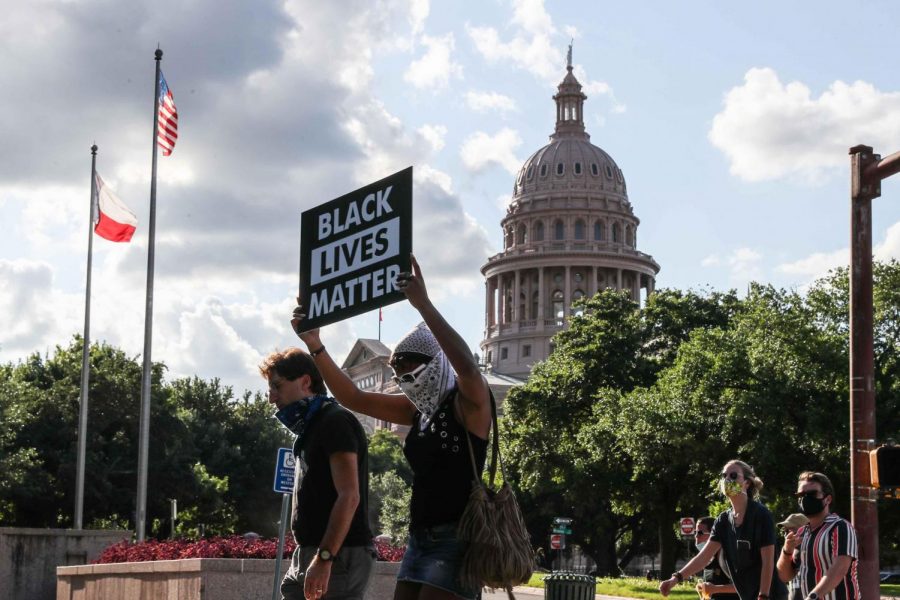
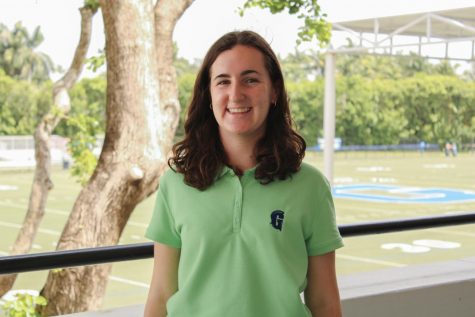


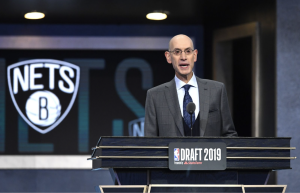




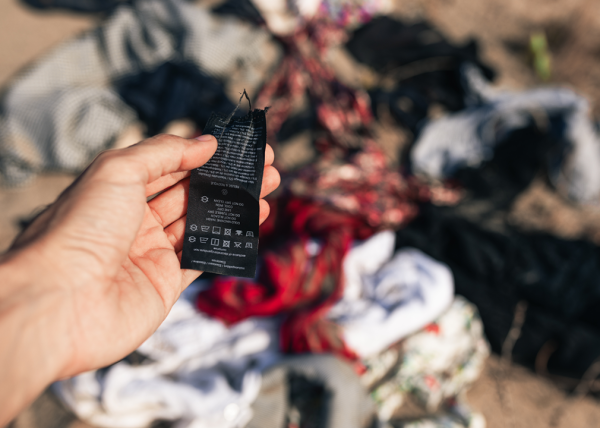
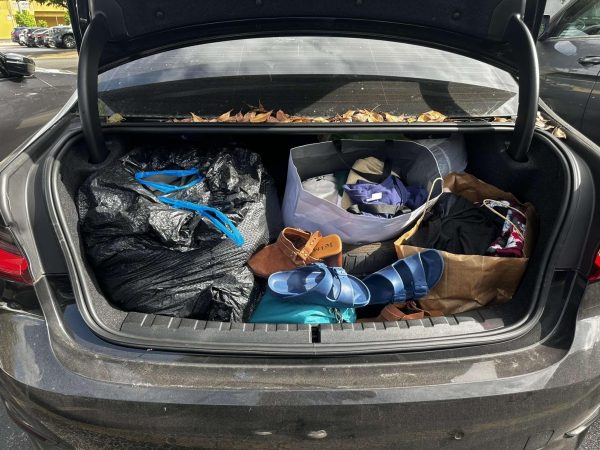

Luis • Sep 10, 2020 at 9:07 am
As a participant in this discussion group, I had a great time learning from both my teaching peers and the students. It was impressive how much we were able to discuss in three weeks time, and I am also looking forward to the continued action of this group, and antiracism in general, throughout the school this year.